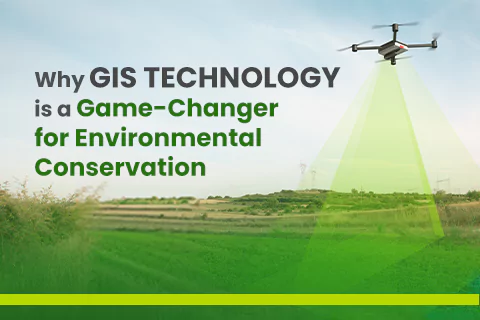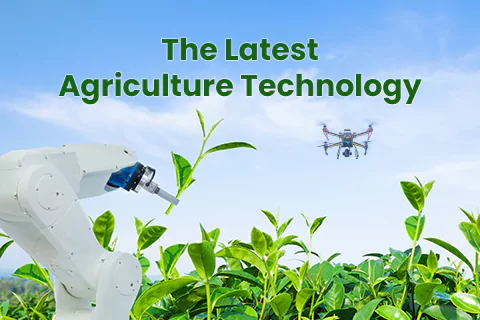Climate change refers to changes in the earth’s environmental conditions like temperature, rainfall patterns, storms, heatwaves, etc. It is caused by many natural and artificial factors, such as volcanic activity, variations in solar activity, deforestation, burning of fossil fuels, mining, and many others. The growing industrial demand in India has created more emphasis on crop production. As a result, more forests are converted into farming lands, resulting in an abnormal change in temperatures and weather patterns. A major impact of climate change on biodiversity is that it leads to the extinction of many species of plants and animals.
The shift in climate patterns is a global phenomenon that has badly affected the crop yield in India. It has also influenced the types of crops that can be cultivated in certain regions by affecting the soil, water and pest prevalence in those regions. In this article, we will discuss the impact of climate change on agriculture in India. Have a look!
Agriculture is one of the largest and most important sectors in the Indian economy. The contribution of agriculture to India’s GDP is about 19.9 per cent in 2020–21. Moreover, this sector employs 42.6 per cent of the Indian population. However, it is a major source of hazardous greenhouse gases (methane and nitrous oxide), which contribute to the greenhouse effect and climate change.
This climate change leads to higher temperatures and unanticipated rainfall across the country, resulting in reduced crop yields and overall food production. Due to the rise in temperature and changes in water availability, climate change can affect irrigated agricultural production throughout Agro-ecological zones.
Climate change has the potential to limit the access, availability, and quality of food. Reduced agricultural yield is due to factors like an increase in temperature, changes in precipitation patterns, changes in extreme weather events, and reductions in water availability.
A decline in food production in recent years due to climate change could severely affect revenue from the agricultural sector. Therefore, it is high time to incorporate the climate-resilient agriculture (CRA) approach into our farming methods and also need to implement it more rigorously.
Now let’s understand climate-resilient agriculture (CRA)
Climate-Resilient Agriculture (CRA)
Climate-resilient agricultural systems include sustainable farming practices to achieve long-term higher productivity and farm incomes under climate variability. This approach emphasizes crop and livestock production by sustainably using existing natural resources. By enforcing CRA, farmers can foresee, prepare for, and respond to hazardous events, trends, or disruptions related to climate change.
Farmers should also follow climate-smart agriculture (CSA) technologies to properly manage their farmland and livestock along with landscapes—forests, groves, and regional biodiversity. CSA technologies tackle the interconnected issues of food security and climate change by following a sustainable approach. Climate-smart agriculture technologies are based on three pillars: increasing productivity and incomes, improving livelihoods and ecosystem resilience, and decreasing and eliminating greenhouse gas emissions from the environment.
Climate-smart agriculture technologies can be followed in the below areas:
Soil Management
Heavy rains, especially in sloping regions, can wash away fertile topsoil. Planting ground cover helps hold soil in place after heavy rains, and it’s also good in drought-prone areas since it helps the soil to retain moisture. Any method that can improve the quality and structure of the soil improves soil productivity—which is a key goal of climate-smart agriculture.
Pest Management
Climate-smart agricultural methods benefit farmers with the knowledge they need to apply the proper amount of pesticide at the right time of year to tackle newly proliferating pests. Pest-resistant seedlings can also be beneficial.
Crop Management
You can implement climate-smart technologies in a specific region, farming community, or even an individual farm once climate impacts and risks have been assessed. Smart agriculture addresses a variety of crop-related problems by monitoring changes in climate conditions, soil properties, soil moisture, and other aspects.
Bottom Line
In the future, climate change is likely to exacerbate food insecurity by increasing food prices and reducing food production. However, by implementing smart agriculture technologies and effective climate-resilient agriculture (CRA) approach, we can mitigate the impact of climate change on agriculture in India.




